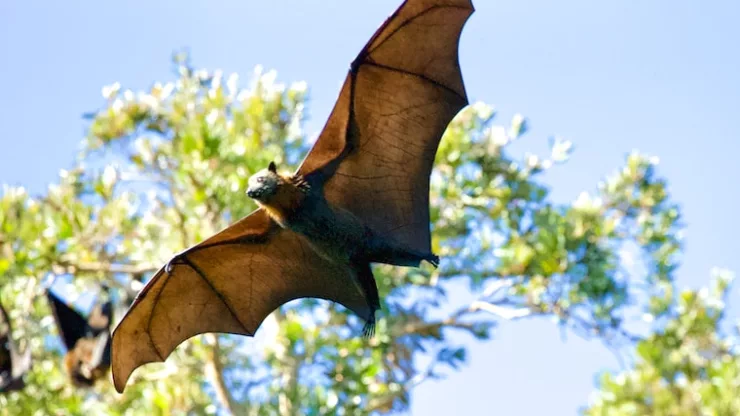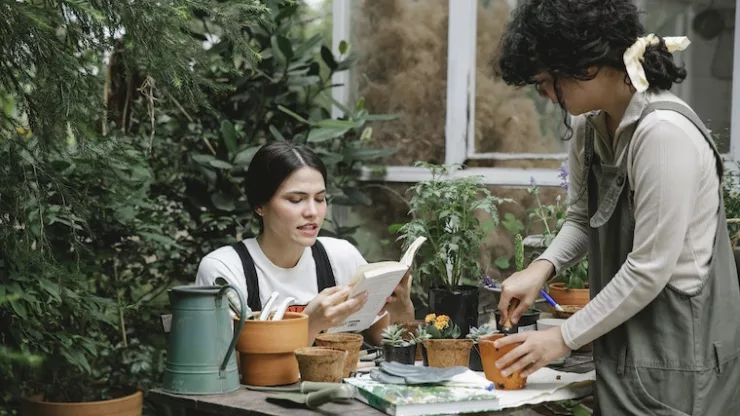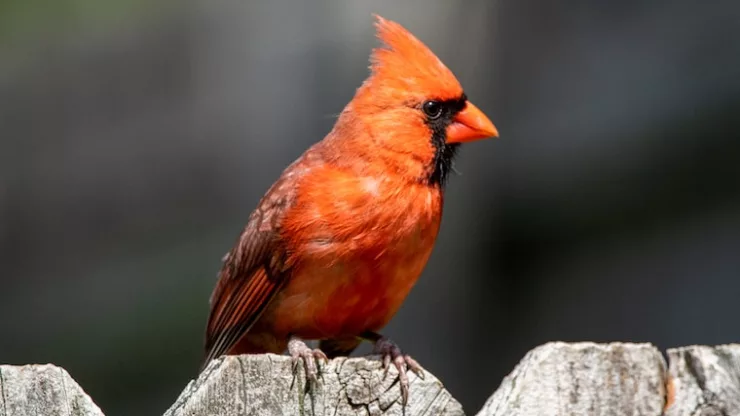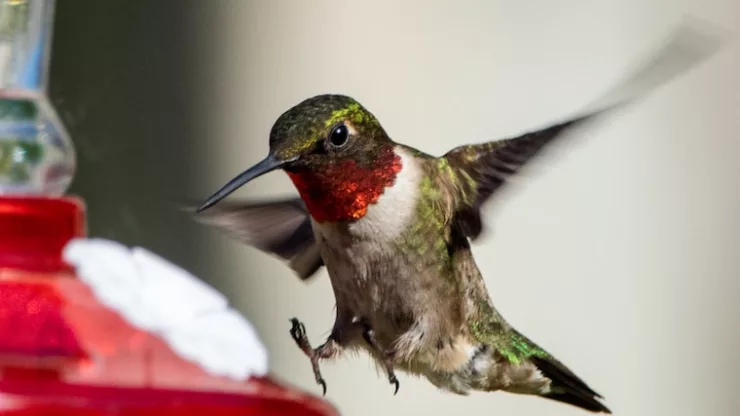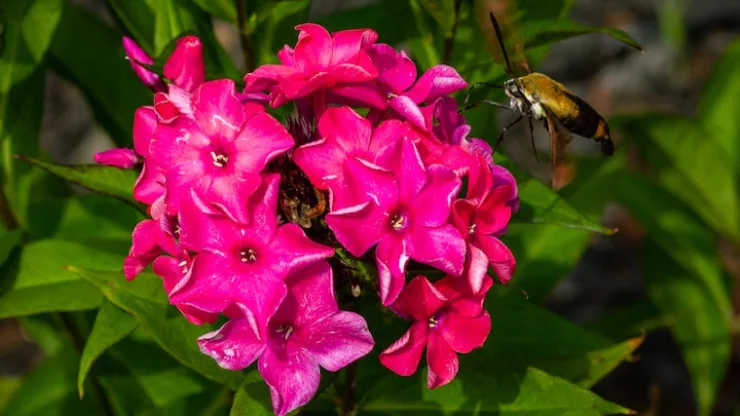Jump to Section
Introduction
If you’re an urban dweller who dreams of having a thriving ecosystem right in your backyard, you’ve come to the right place!
In this article, we’ll dive into the top tips and tricks for transforming your backyard into a wildlife haven.
With just a few simple changes, you can create an urban oasis that will attract a variety of local flora and fauna. So, let’s get started!
1. Start with the Basics: Soil and Compost
Before you can create a lush habitat for wildlife, you need to ensure that your backyard has healthy soil. Here’s how:
- Test your soil to determine its composition and nutrient levels
- Amend the soil with organic matter, such as compost or aged manure
- Create a compost bin or pile to recycle kitchen scraps and yard waste
2. Choose Native Plants
Native plants are essential for a wildlife haven. Here’s why:
- They’re adapted to local conditions, making them low-maintenance
- They provide food and shelter for native wildlife species
- They help support pollinators, such as bees and butterflies
3. Create Layers of Vegetation
A multi-layered landscape is a key to a thriving backyard ecosystem. Consider including:
- Tall trees for canopy cover
- Shrubs and bushes for nesting birds
- Groundcovers and low-growing plants for shelter and foraging
4. Add Water Features
Water is a critical element for wildlife. Include one or more of the following:
- A birdbath or shallow dish for drinking and bathing
- A small pond or water garden for aquatic plants and animals
- A recirculating fountain for soothing sound and visual interest
5. Provide Shelter and Nesting Sites
Give your backyard visitors a place to call home with these features:
- Birdhouses and nesting boxes
- Brush piles and rock piles for small mammals and reptiles
- Hollow logs or tree stumps for insects and amphibians
6. Avoid Chemicals and Pesticides
To protect your backyard inhabitants, go organic:
- Use natural pest control methods, such as beneficial insects
- Choose organic fertilizers over synthetic options
- Reduce or eliminate the use of herbicides and pesticides
Tips for Specific Wildlife Species
Want to attract specific types of wildlife? Here’s how:
7. Birds
- Install bird feeders with a variety of food types
- Offer nesting materials, such as twigs, leaves, and grasses
- Plant fruit-bearing trees and shrubs for food
8. Butterflies and Pollinators
- Plant a variety of nectar-rich flowers
- Provide host plants for caterpillars
- Create a “butterfly puddling” area with damp soil and rocks
9. Frogs and Amphibians
- Create a small pond with shallow areas for egg-laying
- Offer hiding spots, such as rocks and logs
- Avoid using pesticides and chemicals near water sources
10. Bats
- Install bat houses in sunny locations
- Plant night-blooming flowers to attract insects for food
- Provide a water source, such as a birdbath
Conclusion
Transforming your backyard into a wildlife haven is a rewarding project that can bring joy and beauty to your urban dwelling.
By following our top tips for creating a diverse, sustainable ecosystem, you’ll provide a sanctuary for local flora and fauna while also contributing to the overall health of the environment.
So, roll up your sleeves, and let’s get started on creating your very own urban oasis!
FAQ
How can I transform my backyard into a wildlife haven on a budget?
Start by choosing native plants, which are often less expensive and easier to grow. Use recycled materials for birdhouses, nesting boxes, and water features.
Also, look for community plant swaps or free plants from local gardening groups.
Can I transform a small backyard into a wildlife haven?
Absolutely! Even small spaces can support a surprising amount of biodiversity.
Focus on vertical gardening with climbing plants, hanging baskets, and tiered planters. Choose compact species of native plants and trees that won’t overpower your space.
How can I make my backyard wildlife haven pet-friendly?
Designate a separate area for your pets, such as a fenced-off zone or a dog run. Plant pet-safe plants and avoid using chemicals or pesticides.
Also, provide escape routes for wildlife, such as bird feeders on tall poles or tree branches.
How long will it take to see results after transforming my backyard into a wildlife haven?
It can take anywhere from a few weeks to several months for wildlife to discover your backyard oasis.
Be patient and keep an eye out for signs of new visitors, such as footprints, feathers, or empty seed pods.
Will a wildlife haven increase the number of pests in my backyard?
A well-designed wildlife haven should maintain a natural balance between predator and prey species.
Encouraging a diverse ecosystem can actually help control pest populations by attracting beneficial insects and animals that feed on pests.
Is it necessary to provide food for wildlife in my backyard haven?
While providing supplemental food sources like bird feeders can attract certain species, the primary goal should be to create a self-sustaining ecosystem with native plants that provide natural food sources for various types of wildlife.
I’m a nature enthusiast and creator of Metro Wilds and have spent years exploring the great outdoors.
With a passion for environmental conservation and sustainability, I have dedicated my career to writing about the beauty and wonders of nature, as well as the threats facing our planet.
Contact me at [email protected] for assistance.

